- No products in the cart.
Vizallergol drops Ch. 2.5ml 0.2%
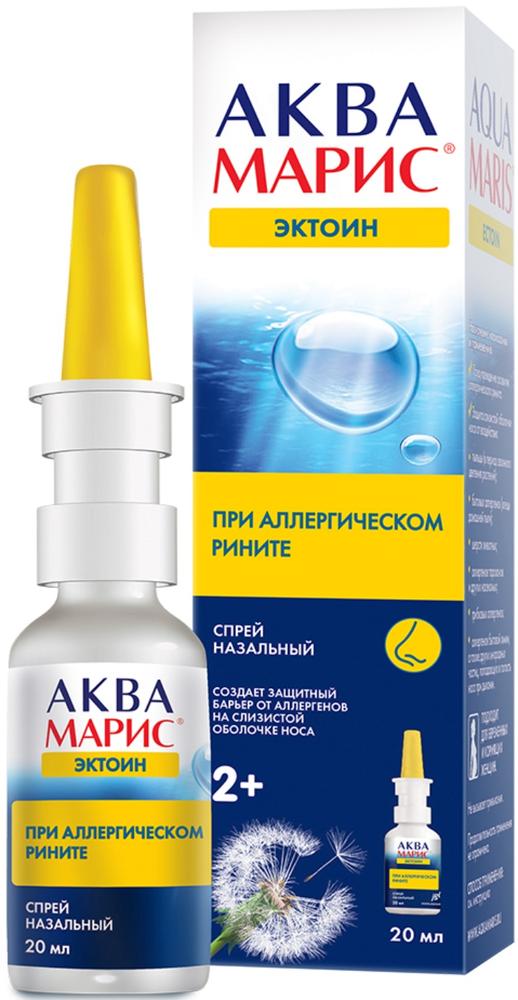
Aqua Maris ectoine nasal spray for the prevention and treatment of allergic rhinitis 20ml
$10.19

Suprastin tab 25mg 20 pc
$2.72
$8.20
Vizallergol drops Ch. 2.5ml 0.2%
Description
Composition
Active substance:
1 ml contains: olopatadina hydrochloride 2.22 mg (equivalent to 2.0 mg olopatadina) ;.
Excipients:
Benzalkonium chloride 0.1 mg Povidone K-29/32 18.0 mg Sodium hydrogenphosphate, anhydrous 5.0 mg Sodium chloride 5,5 mg Disodium edetate 0.1 mg, hydrochloric acid and / or sodium hydroxide to pH 7 0 water for injection to 1 ml.
Description:
The clear solution from colorless to pale yellow.
Product form:
Eye drops, 0.2%.
2.5 mL in a polyethylene bottle with a cork-dropper and screw cap with tamper-evident. 1 bottle with instructions for use in a cardboard package.
Contraindications
Hypersensitivity to the drug. Children up to age 3 years. Pregnancy and breast-feeding.
Dosage
2 mg / ml
Indications
Relief of ocular itching in allergic conjunctivitis.
Interaction with other drugs
Olopatadina interaction studies with other drugs have not been conducted. The in vitro studies demonstrated no inhibition of metabolic reactions mediated isoenzymes 1A2, 2S8, 2S9, 2C19, 2D6, 2E1 and ZA4 cytochrome P-450.
According to the results, the probability of entry into olopatadina metabolic reactions when combined with other drugs is evaluated as low.
Overdose
There is no information about the development of toxic effects in case of accidental introduction of an excess amount of the drug in the conjunctival cavity or if accidentally swallowed. With the development of overdose if accidentally swallowed treatment is symptomatic.
pharmachologic effect
Pharmacological group:
Antiallergic agent-H1-histamine receptor blocker.
Pharmacodynamics:
Olopatadin is a potent selective antiallergic / antihistaminic drug, pharmacological effects of which are developed through several different mechanisms of action. It is an antagonist of histamine (main mediator of allergic reactions in humans) and prevents histamine-induced release of inflammatory cytokines in the cells of the conjunctival epithelium. According to the results of in vitro studies suggest inhibition of release of inflammatory mediators by mast cells of the conjunctiva.
In patients with patent nasolacrimal ducts olopatadina topical application in the form of instillations into the conjunctival sac can reduce the severity of symptoms of the nose, often associated with seasonal allergic conjunctivitis. Olopatadin no clinically significant effect on the pupil diameter.
Pharmacokinetics:
Suction.
Olopatadin exposed systemic absorption, as well as other drugs intended for topical application. However olopatadina concentration in the plasma after its topical use in ophthalmology low and are in the range from below quantitation (
Withdrawal.
According to pharmacokinetic study of oral forms olopatadina half-life of 8 to 12 hours and excretion of the drug is carried out primarily by the kidneys. 60 – 70% of the administered dose is excreted in the urine in an unmodified form, as defined in the urine metabolites low concentration of 2 – mono-desmethyl and N-oxide. Due to the fact that olopatadin kidneys displayed mainly unchanged, impaired kidney function leads to a change in the pharmacokinetics olopatadina, leading to a significant (2.3 times) increase in the plasma concentration olopatadina in patients with severe renal failure (creatinine clearance of 13 ml / min). Olopatadina concentration in the plasma after its topical application in the form of instillations 50-200 times lower than with oral administration of therapeutic doses, thus dosing regime changes in patients with impaired renal function is not required. Since hepatic route of elimination is not essential to olopatadina not required dose adjustment when applied to patients with impaired liver function. After oral administration of 10 mg olopatadina patients on hemodialysis olopatadina plasma concentration was significantly lower in hemodialysis day compared with the days when the dialysis was not performed. This indicates that the removal olopatadina by hemodialysis possible.
Based on the results of comparative studies of the pharmacokinetics of the oral dosage form olopatadina 10 mg in young (mean age – 21) and elderly patients (mean age of 74 years) no significant differences in olopatadina plasma concentrations, binding to plasma proteins and parameters Withdrawal in unmodified form and in the form of metabolites.
Pregnancy and breast-feeding
Fertility.
Research of influence local application in ophthalmology olopatadina human fertility have been conducted.
Pregnancy.
Information about the local application in ophthalmology olopatadina pregnant women are not available or are limited. The data on the toxic effect on animal studies prepared olopatadina reproductive function when administered systemically. We do not recommend the use of olopatadina during pregnancy and in women of childbearing age do not apply methods of contraception.
During breastfeeding.
Olopatadina marked excretion in breast milk when using the drug in animals. Risk to newborns and infants can not be excluded. Not recommended the use of the drug Vizallergol® during breastfeeding.
Conditions of supply of pharmacies
On prescription.
side effects
General information about the profile of adverse events.
In clinical trials involving 1680 patients dosing regimen ranged from 1 to 4 drops per day, the duration of therapy was 4 months, applying olopatadina conducted both in monotherapy and in conjunction with loratadine 10 mg. The overall frequency of occurrence of adverse events was approximately 4.5%, while the termination of the participation in the clinical study due to adverse reactions observed only in 1.6% of cases. In clinical studies it was observed serious adverse events, both on the part of the vision, and on the part of the body as a whole. The most common adverse reactions associated with treatment was pain in the eye, this phenomenon was observed in 0.7% of patients.
Tabular data about adverse events.
The following adverse events observed in clinical trials of the drug and the post-registration and classified according to the following gradation frequency of occurrence of adverse events: very often (> 1/10), often (by> 1/100 to
special instructions
Olopatadina hydrochloride antiallergic / antihistamine for local application in ophthalmology, and in spite of the topical application, it may be absorbed into the systemic circulation. When expressed hypersensitivity reactions should stop using the product.
Vizallergol® not be used for relief of conjunctival injection caused by the use of contact lenses.
The preparation contains benzalkonium chloride which can be adsorbed soft contact lens and cause eye irritation. You must remove contact lenses prior to instillation and again set no earlier than 15 minutes after instillation of the drug.
According to some studies, benzalkonium chloride can induce punctate keratopathy and / or toxic peptic keratopathy.
Careful monitoring of the status of patient eyes for frequent or prolonged use Vizallergola® with concomitant syndrome of “dry” eyes, as well as in lesions of the cornea.
Effects on ability to drive vehicles, machinery.
Vizallergol® does not significantly affect the ability to drive vehicles, machinery. If immediately after instillation noted blurred vision, you must refrain from driving and mechanisms to restore the clarity of visual perception.
Storage conditions
Store at 2 to 25 ° C.
Do not freeze.
Keep out of the reach of children.
Dosing and Administration
Drug Vizallergol® instilled 1 drop of 1 per day in the affected eye (s). The duration of therapy may take up to 4 months if necessary.
The use in the elderly.
You do not need to change dosage regimen in elderly patients.
The use in the pediatric population.
Application Vizallergola® possible in children older than 3 years in the same dose as in adults. Efficacy and safety of olopatadina in children younger than 3 years has not been confirmed.
The use in patients with renal and hepatic insufficiency Application olopatadina in the dosage form of eye drops has not been studied in patients with renal or hepatic insufficiency. It does not require dose adjustment in the declared category of patients. Do not touch the tip of the bottle to the eyelids, the skin of the periorbital area and other surfaces to prevent microbial contamination of the drug. Tightly close the lid after use of the drug.
If necessary, it can be employed in combination with other drugs for local application in ophthalmology, in this case, the interval between their application should be at least 5 minutes.
Information
Appearance may differ from that depicted in the picture. There are contraindications. You need to read the manual or consult with a specialist
Additional information
| Weight | 0.100 kg |
|---|---|
| Manufacturer | Sentis |

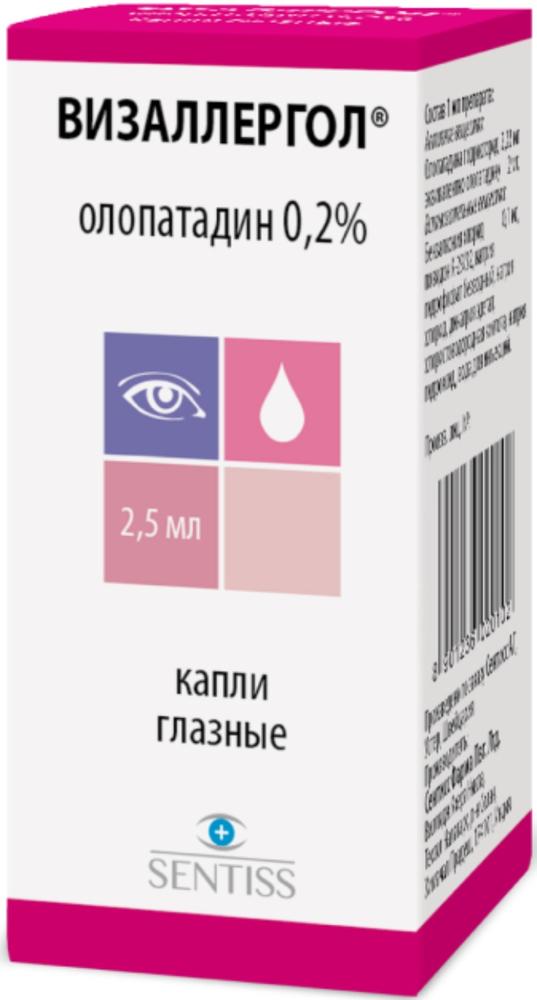


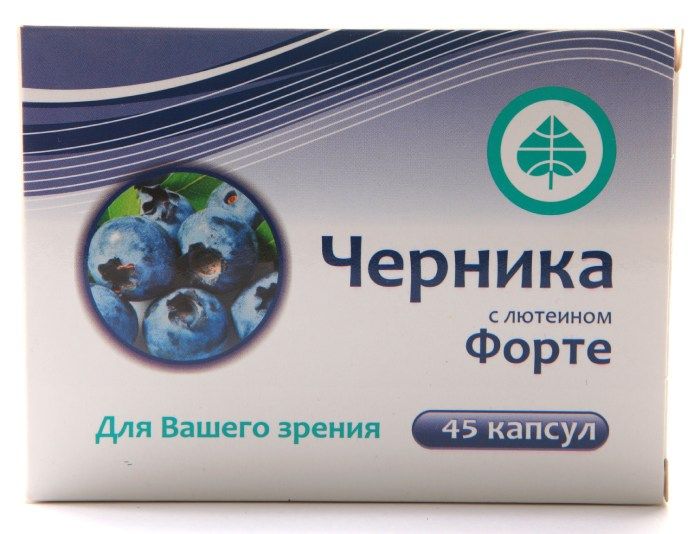
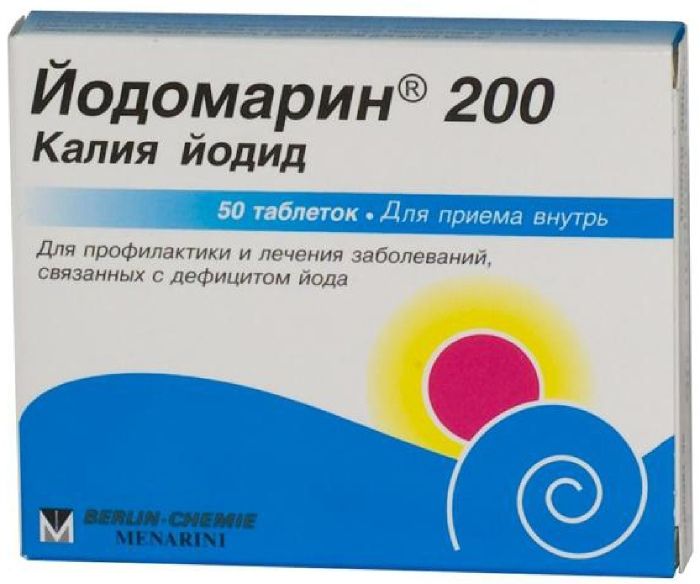
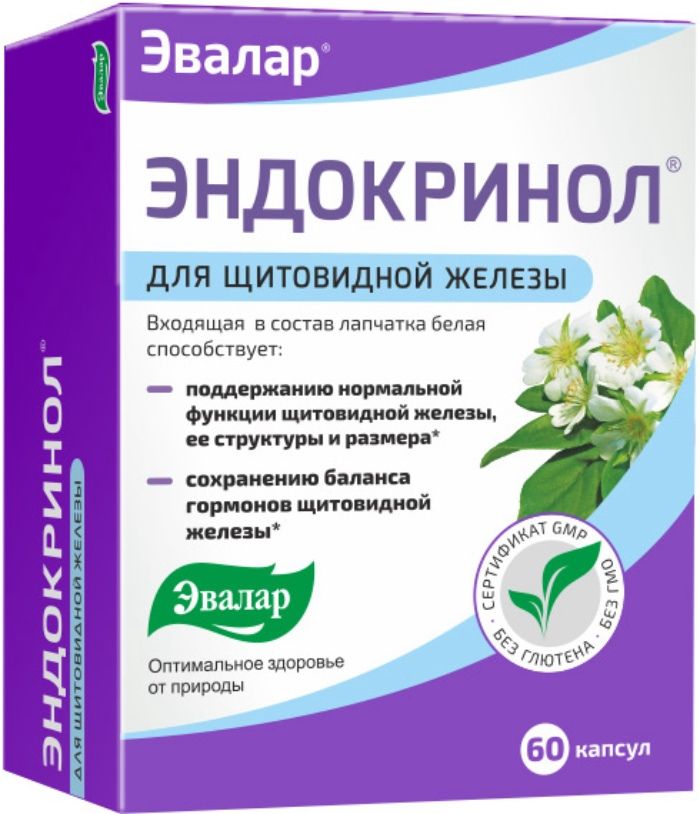
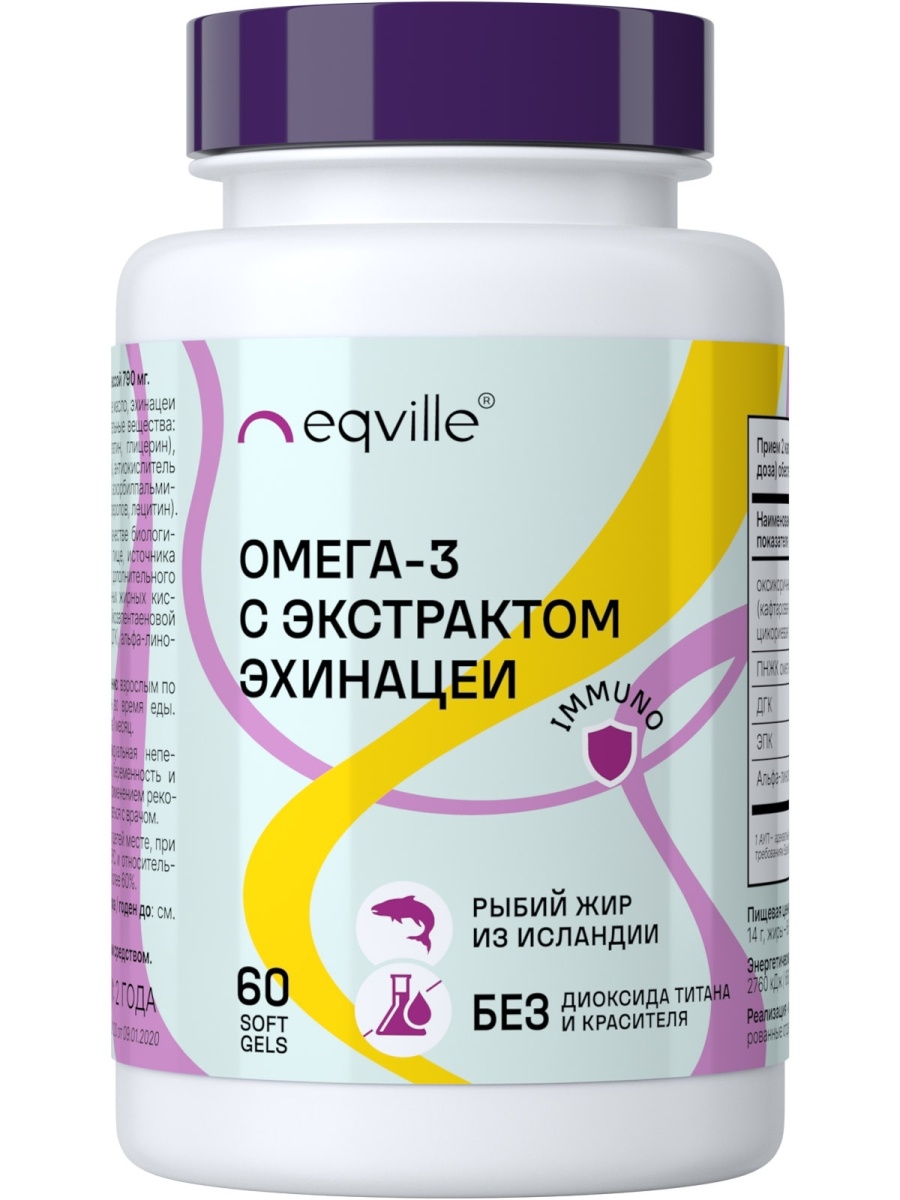




There are no reviews yet.